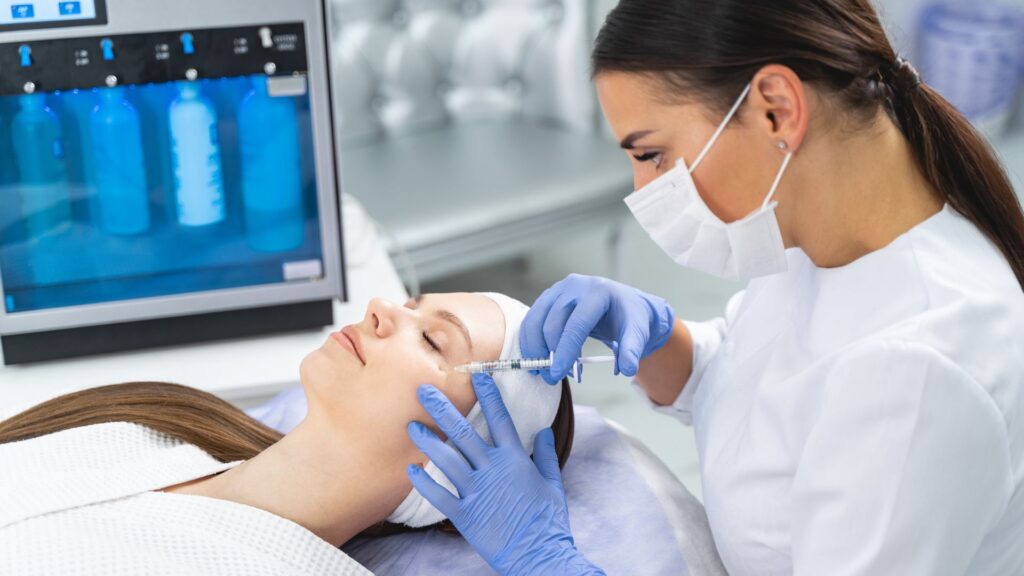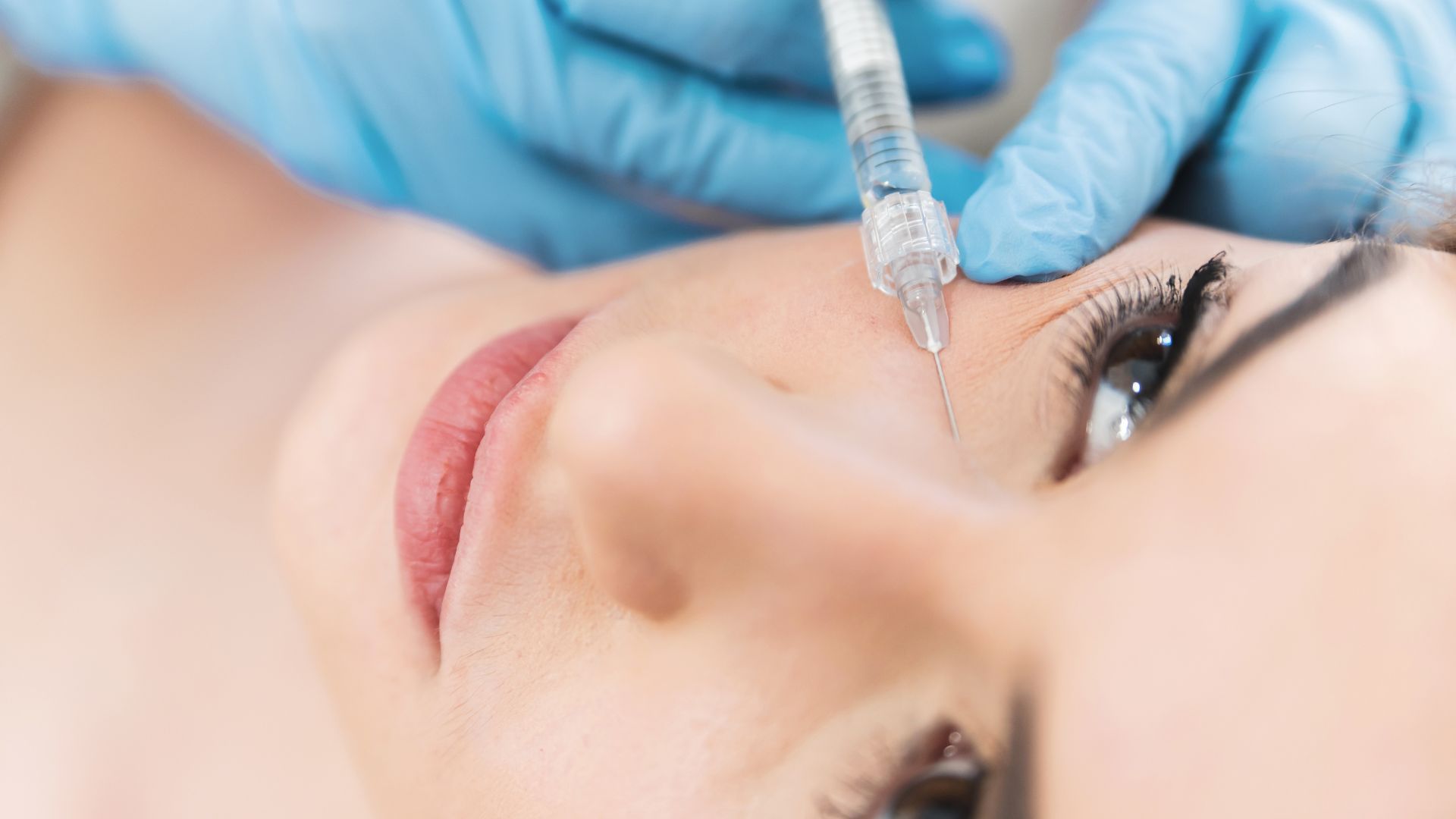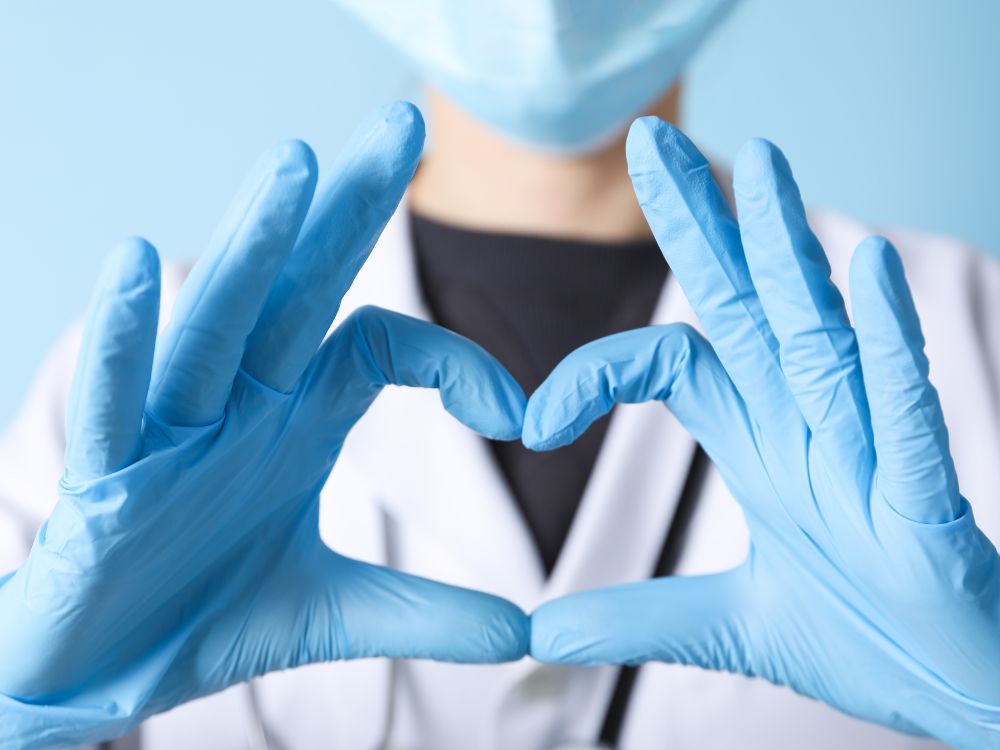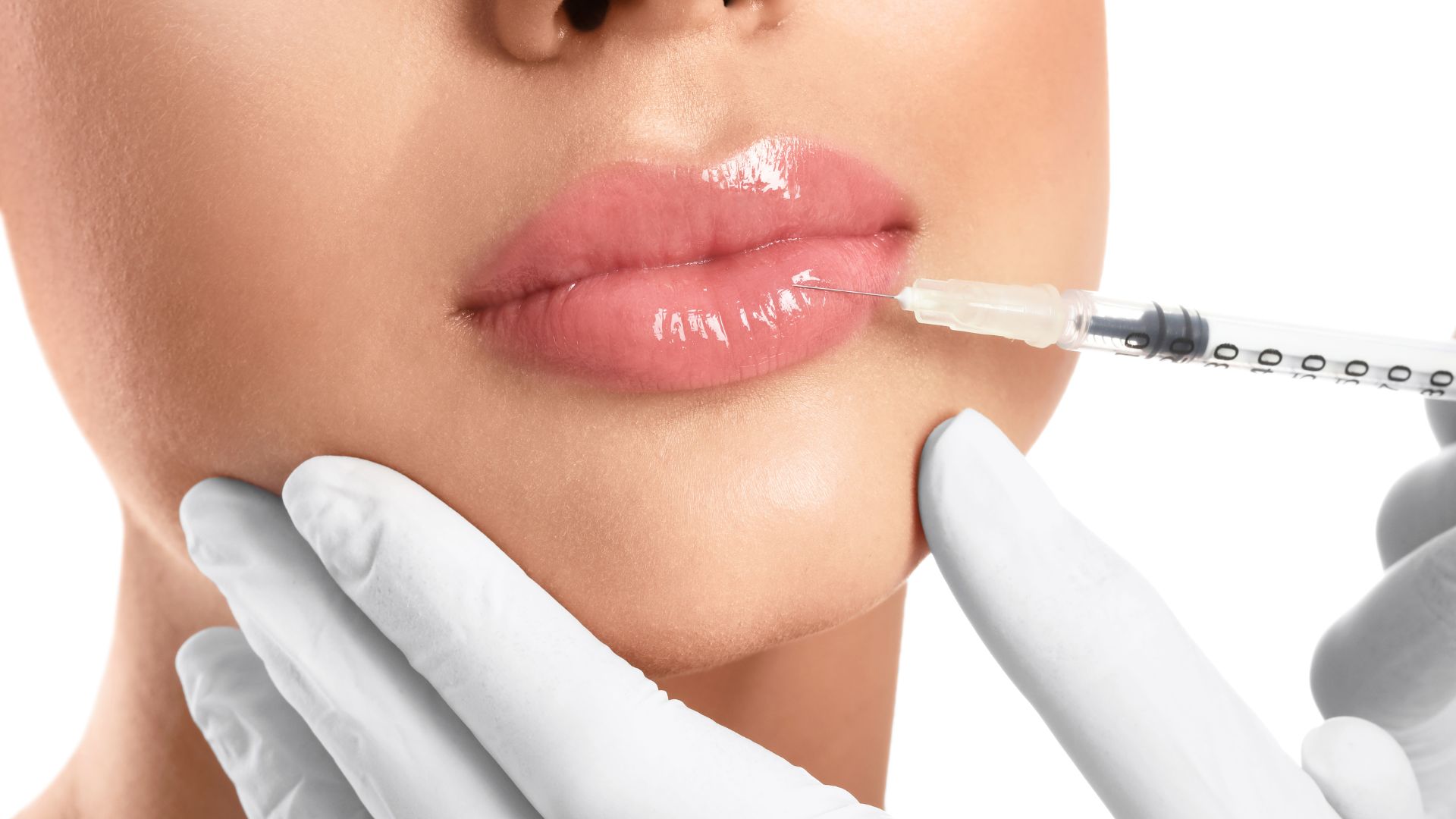
Under Eye Fillers 101: What Every Aesthetic Practitioner Needs to Know
Under-eye fillers have become a popular cosmetic procedure, offering a non-surgical solution to common concerns like dark circles, eye hollows, and a tired-looking appearance. By addressing age-related volume loss in the tear troughs, these treatments help patients achieve a more youthful appearance.
The under-eye area presents unique challenges for practitioners due to its delicate skin and proximity to vital blood vessels. However, with proper technique and understanding, dermal fillers under the eyes can effectively reduce dark shadows and eye bags, leading to natural-looking results.
In this article, we’ll explore:
 Common patient concerns in this area include:
Common patient concerns in this area include:



- Anatomy of the Under-Eye Area: Understanding the structures involved in tear trough filler treatments.
- Types of Dermal Fillers Under Eyes: Comparing hyaluronic acid-based fillers and other options.
- Injection Techniques and Best Practices: Ensuring safe and effective eye filler procedures.
- Managing Potential Side Effects: Recognizing and addressing common side effects like mild swelling and filler migration.
- Aftercare and Patient Satisfaction: Providing guidance for optimal recovery and achieving aesthetic goals.
Anatomy of the Under-Eye Area
Understanding the intricate anatomy of the under-eye area is crucial for practitioners performing dermal filler treatments. This knowledge ensures safe procedures and natural-looking results. Key anatomical structures to consider include:- Orbital Septum: A thin membrane separating the eye from the surrounding tissues, playing a role in the formation of eye bags.
- Tear Trough: The groove between the lower eyelid and cheek, where volume loss can lead to hollowness and dark circles.
- Muscle Layers: The orbicularis oculi muscle encircles the eye, and its tone affects the appearance of the under-eye area.
- Blood Vessels: A dense network beneath the delicate skin can contribute to dark shadows and poses a risk during injections.
 Common patient concerns in this area include:
Common patient concerns in this area include:
- Dark Circles: Often resulting from thin skin revealing underlying blood vessels or pigmentation issues.
- Hollowness: Age-related volume loss leading to a sunken appearance.
- Puffiness: Fluid retention or fat protrusion causing swelling.
- Fine Lines: Delicate skin prone to wrinkles due to facial expressions and sun damage.
Types of Dermal Fillers Under Eyes
When addressing under-eye concerns such as dark circles and hollowness, selecting the appropriate filler material is crucial for achieving natural-looking results. The most commonly dermal fillers under eyes include:- Hyaluronic Acid (HA) Fillers: These gel-like substances are favored for their smooth consistency and reversibility. Popular brands like Restylane and Juvéderm Volbella are often used in tear trough filler treatments. HA fillers provide immediate volume restoration and hydration, enhancing the youthful appearance of the under-eye area.
- Calcium Hydroxylapatite (CaHA) Fillers: Brands such as Radiesse use CaHA microspheres suspended in a gel carrier. While effective for deeper lines and facial contouring, they are less commonly used under the eyes due to a higher risk of adverse reactions like nodules and filler migration.
- Poly-L-lactic Acid (PLLA) Fillers: Known by the brand name Sculptra, PLLA stimulates collagen production over time. However, its use under the eyes is limited because results are gradual, and there’s a potential for uneven texture.

The Injection Technique: Best Practices for Eye Bag Fillers and Fillers for Dark Circles
Administering under eye bag fillers and fillers for dark circles requires precision and expertise to achieve natural-looking results and minimize potential side effects. Here’s a step-by-step guide to best practices:- Patient Assessment:
- Evaluate the patient’s under-eye anatomy, skin quality, and degree of volume loss.
- Discuss aesthetic goals and set realistic expectations.
- Preparation:
- Cleanse the area thoroughly to reduce the risk of infection.
- Apply a numbing cream to enhance patient comfort during the procedure.
- Choosing the Right Filler:
- Select a hyaluronic acid-based filler suitable for the delicate under-eye area, such as Restylane or Juvéderm Volbella.
- Injection Technique:
- Use a fine needle or cannula to minimize trauma.
- Employ the linear threading technique, injecting the filler along the tear trough to address deep hollows.
- Ensure injections are at the correct depth to avoid visible lumps or the Tyndall effect (bluish discoloration).
- Post-Injection Care:
- Gently massage the area to distribute the filler evenly.
- Apply a cold compress to reduce mild swelling and bruising.
- Advise patients to avoid strenuous activities and sun exposure for 24 hours.
Tips for Minimizing Discomfort and Ensuring Natural Results:
- Use a slow injection technique to reduce tissue trauma.
- Avoid overfilling to maintain a natural appearance.
- Be cautious of blood vessels to prevent bruising and other complications.
Common Mistakes to Avoid:
- Injecting too superficially, leading to visible filler or discoloration.
- Using inappropriate filler types not designed for the under-eye area.
- Neglecting to assess for contraindications, such as autoimmune disorders or recent chemical peels.

Potential Complications of Under Eye Treatment and How to Address Them
While under eye fillers are generally safe, practitioners should be aware of potential complications to ensure optimal patient outcomes. Common issues include:- Bruising and Swelling: Minor bruising and mild swelling are typical post-procedure effects, often resolving within a few days.
- Tyndall Effect: A bluish discoloration resulting from superficial filler placement.
- Filler Migration: Movement of the filler from the intended site, leading to uneven results.
- Allergic Reactions: Rare but possible, especially with non-hyaluronic acid fillers.
Prevention Strategies:
- Proper Injection Technique: Utilize appropriate depth and angle to minimize risks like the Tyndall effect.
- Use of Cannulas: Employing blunt-tipped cannulas can reduce trauma and the risk of bruising.
- Patient Screening: Assess for contraindications.
When to Refer:
- Severe Complications: Signs of vascular occlusion, such as persistent pain or vision changes, require immediate specialist referral.
- Persistent Adverse Effects: If issues like significant swelling or nodules persist beyond the typical recovery period, consult a specialist.
Aftercare Tips for Optimal Results of Under Eye Fillers
Ensuring optimal results from under eye fillers involves adhering to specific aftercare guidelines. Here’s a comprehensive overview to share with your patients:Post-Treatment Instructions:
- Apply Cold Compresses: Gently place an ice pack on the treated area intermittently during the first 24 hours to reduce swelling and bruising.
- Stay Hydrated: Drink plenty of water to aid in the healing process and maintain skin hydration.
- Sleep Elevated: Use an extra pillow to keep your head elevated while sleeping for the first two nights to minimize swelling.

Do’s and Don’ts After Under Eye Filler Injections:
- Do:
- Avoid Strenuous Activities: Refrain from intense physical exercise for 24-48 hours post-treatment to prevent increased blood flow to the area.
- Protect from Sun Exposure: Use sunscreen and avoid direct sunlight to prevent sun damage to the delicate under-eye skin.
- Don’t:
- Avoid Alcohol and Blood Thinners: Steer clear of alcohol and medications like aspirin or ibuprofen, as they can increase the risk of bruising.
- Refrain from Touching the Area: Avoid rubbing or massaging the treated area to prevent filler migration.
Follow-Up Appointments:
- Schedule a Follow-Up: Arrange a follow-up visit within two weeks to assess the results and address any concerns.
- Monitor for Side Effects: Be vigilant for any adverse reactions, such as persistent swelling or signs of infection, and contact your practitioner if they occur.
Advancing Your Skills with Aesthetics Medical Training (AMT)
Continuous education is essential in achieving mastery in aesthetic procedures like under eye fillers. As the demand for fillers for dark circles and eye hollows grows, staying updated on best practices helps aesthetic practitioners meet patients’ cosmetic goals safely and effectively. At Aesthetics Medical Training (AMT), we’re committed to providing hands-on training in tear trough fillers and dermal fillers under the eye. Our online certification center offers courses that cover every aspect of aesthetic injections—from understanding the delicate blood vessels and connective tissue in the tear trough to mastering techniques that prevent common side effects. With AMT’s virtual classes and hands-on programs, practitioners gain confidence in advanced skills like assessing under eye volume loss and addressing complications such as mild swelling and filler migration.- Comprehensive Courses: Covering patient assessment, hyaluronic acid-based fillers, and advanced injection techniques.
- Real-World Training: Ensuring safe, natural-looking results in eye filler procedures.

Thinking About Advancing Your Aesthetics Skills?
Contact our team today to learn how our training programs and cutting-edge technology can support your journey. Fill out the form or give us a call to get started.



